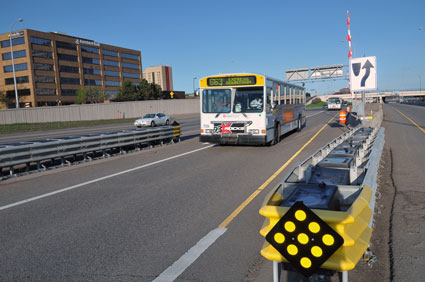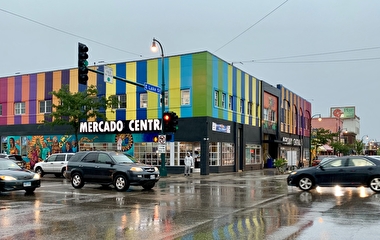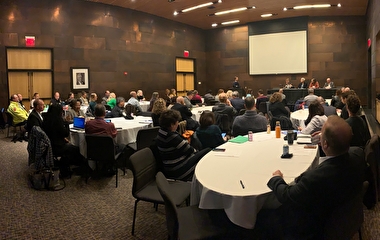For many suburban commuters, driving to a transit stop or station and then taking transit to a destination is an attractive option. However, while there is a great deal of research about why commuters choose to park and ride, little is known about how they choose where to park and transfer to transit. According to Alireza Khani, the choice of a park-and-ride location is not as simple as it may first seem.
“An assumption might be that people choose the nearest park-and-ride lot to their origin location or choose the park-and-ride lot that minimizes their total travel time, but the problem is more complex than that,” says Khani, an assistant professor in the Department of Civil, Environmental and Geo- Engineering. “For example, better transit service may be available if you are willing to drive further, or the number of parking spots in a given location may be limited. Plus, there are different costs associated with driving versus riding transit, parking fees, and amenities at the park-and-ride lot.”
In a recent study, Khani and co-author Hao Pang of the University of Texas investigated the question of how park-and-ride commuters choose their parking locations. The study consisted of three major parts. First, a number of transit data sets from the Austin, Texas, metropolitan area—including data from a 2010 onboard transit passenger survey—were combined to build a multimodal transportation network containing a complete set of park-and-ride locations in the region. Next, auto and transit travel times through each park-and-ride location were estimated using network models. Finally, several different choice models were developed and evaluated to identify the best way to model park-and-ride location choice.
The study produced a number of insights. In general, all travelers preferred park-and-ride lots with higher transit service frequencies, less than 10 minutes’ driving time, fewer transfers during the transit portion of their trip, shorter walking times, and park-and-ride lots designated by the transit agency.
In addition, the study’s authors were able to determine varying preferences among different park-and-ride passenger groups. “We found that park-and-ride passengers older than 35 did not seem to mind longer times on the transit vehicle, while younger riders tried to minimize the time spent on a transit vehicle,” Khani says. “We believe that professionals might make better use of time spent on transit, while younger travelers are more motivated by short transit travel times.”
In addition, the researchers found that non-whites preferred driving on freeways to reach a park-and-ride location while whites’ preference is not significantly affected by driving on local streets or freeways. Also, the work found that travelers with higher incomes were less motivated by high-frequency transit service.
According to Khani, the models developed in this study can have application in travel forecasting—specifically for intermodal trip assignment—as well as in setting policy for park-and-ride service design.
The research was partially supported by the U.S. Department of Transportation through the Data-Supported Transportation Operations and Planning (D-STOP) Tier 1 University Transportation Center.




